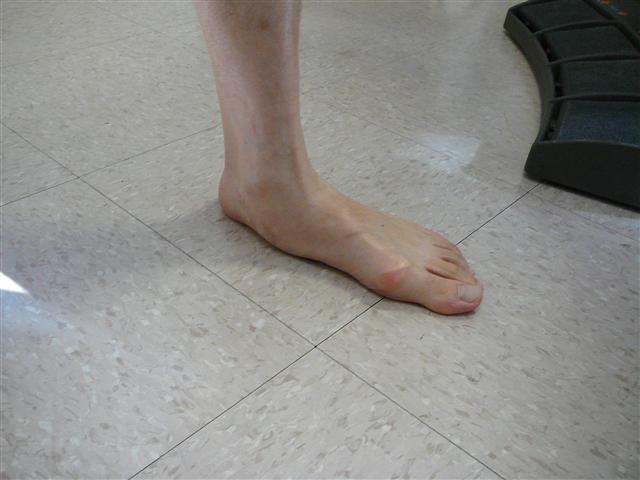Flatfoot Posterior Tibial Tendon Dysfunction
Vital to optimal ankle and foot functioning, the posterior tibial tendon extends downward from the calf and is responsible for providing arch support and foot strength. Symptoms of inflammation of the posterior tibial tendon include swelling and ankle pain, an inability to use the toes when standing on them due to weakness and severe arch degradation gradually leading to flatfeet.
Who Is At Risk?
People at risk for suffering posterior tibial tendon dysfunction include those who have an inherent, undetected abnormality of the tendon that worsens with age, women over 50 and individuals with health conditions such as obesity, diabetes or hypertension. Additionally, posterior tibial tendon dysfunction often affects people who have experienced past traumas to the ankle, are having steroids injected into that area or suffer from psoriasis, rheumatoid arthritis or spondylosing arthropathy.
Athletes routinely engaging in rigorous physical activity often damage the posterior tibial tendon by repeatedly placing excessive force on the tendon. Sports like basketball, soccer and tennis require players to constantly run, jump and put enormous pressure on their feet and ankles. Consequently, a diagnosis of posterior tibial tendon dysfunction is common to athletes complaining of pain, swelling and loss of arch support in the feet.

Diagnosis
By asking you to perform several activities to investigate functioning of the affected foot, a doctor can make a diagnosis of PTT dysfunction and initiate a treatment plan. To verify the diagnosis, your physician may also request an MRI, X-ray or ultrasound of the foot to rule out fractures or other problems.
Treatment
Failing to get prompt treatment inevitably results in the arch losing its strength and allowing the foot to rest flat against the ground (flatfoot). Pain worsens, arthritis may affect the hindfoot and walking becomes difficult. Depending on the severity of tendon damage, your doctor may recommend rest and ibuprofen to relieve pain and expedite healing. If the condition does not improve, a below-the-knee cast may be needed to immobilize the foot for several weeks. After the cast is removed, doctors often suggest wearing an ankle-foot orthosis to provide continued support.
Surgery is the last option for people with posterior tibial tendon dysfunction that does not respond to conventional treatment. Procedures that excise or debride inflamed tissue or re-align the heel bone are common surgical techniques used to repair the tendon and reinstate the foot’s arch.
